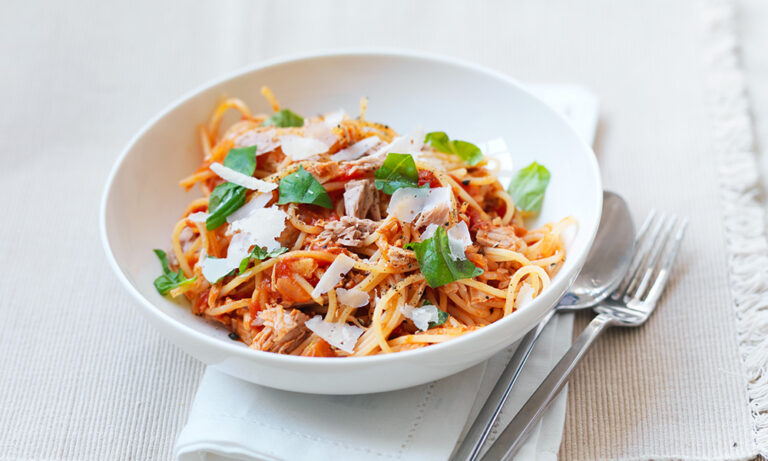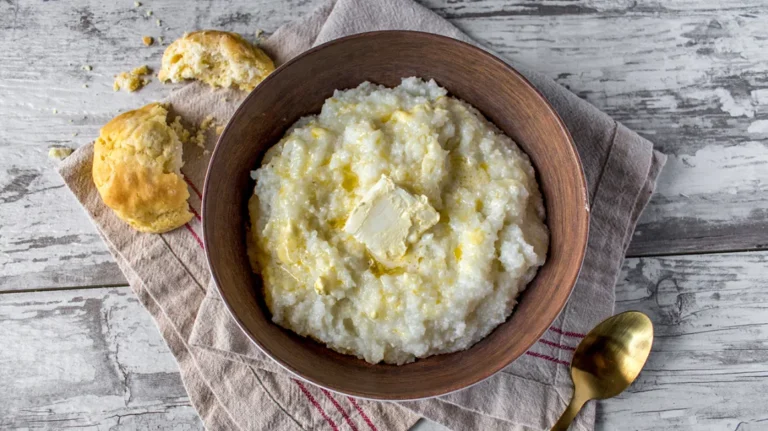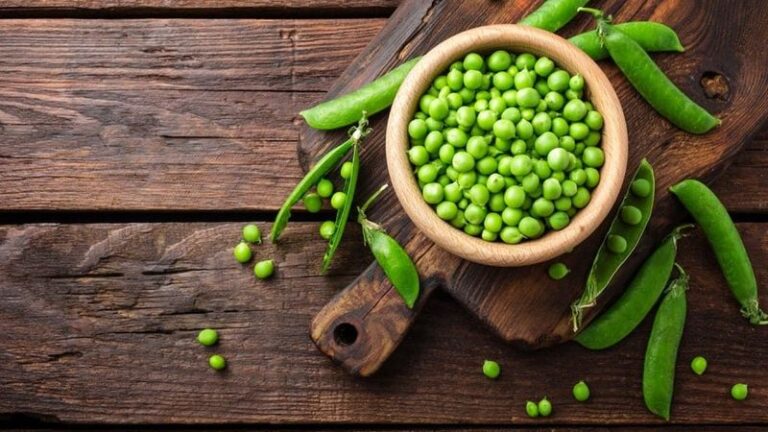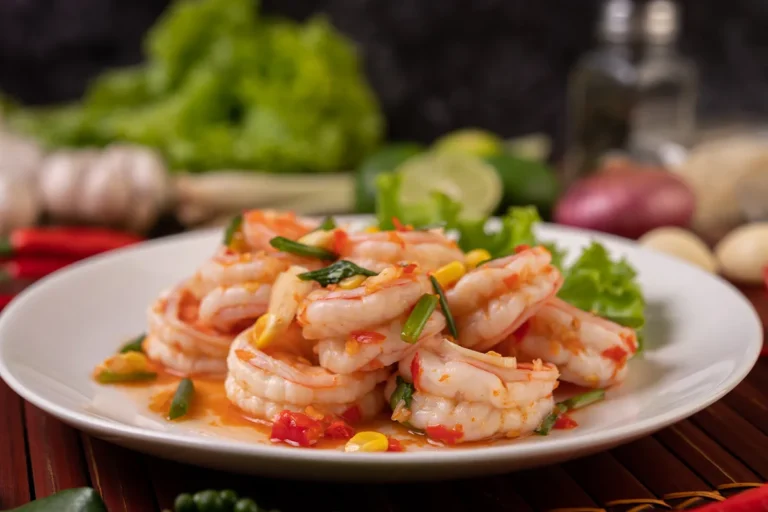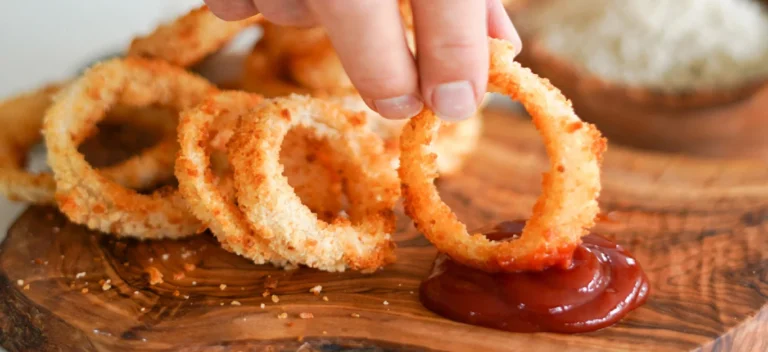Soothing Recipes for Gastritis: Easy Meals to Calm Your Stomach
Living with gastritis doesn’t mean settling for bland or boring meals. It means choosing the right ingredients, avoiding irritants, and preparing meals that support digestive healing. If you’re searching for recipes for gastritis that are gentle on the stomach yet satisfying, this guide will give you a range of comforting, nutritious, and easy-to-prepare meal options that work with your sensitive digestive system.
Gastritis, or inflammation of the stomach lining, can cause pain, nausea, bloating, and indigestion. While medications help, diet plays a critical role in managing symptoms and promoting healing. By choosing low-acid, non-spicy, and low-fat foods, you can help soothe the stomach lining and avoid flare-ups. These recipes are designed to be gentle while still providing flavor and essential nutrients.
Each of these recipes for gastritis focuses on ingredients that are easy to digest, low in acidity, and free from common triggers like caffeine, spicy seasonings, alcohol, citrus, tomato, and heavily processed foods. Whether you’re experiencing a flare or working on long-term healing, this collection of meals can support your stomach health naturally.
Why Diet Matters in Gastritis Management
Diet is one of the most powerful tools in controlling gastritis. The stomach lining becomes inflamed due to factors like H. pylori infection, overuse of NSAIDs, stress, alcohol, and poor eating habits. Consuming irritating foods only worsens the inflammation. Avoiding trigger foods and focusing on stomach-friendly meals can promote healing and reduce discomfort.
A gastritis-friendly diet emphasizes cooked vegetables, whole grains, lean proteins, probiotic-rich foods, and healthy fats in moderation. Avoiding deep-fried items, spicy condiments, acidic fruits, carbonated drinks, and coffee is essential. Eating small, frequent meals also reduces the stomach’s workload.
Also Read: Is Corned Beef Good for Diabetics? A Complete Nutritional Guide
Recipe 1: Creamy Rice Porridge with Steamed Carrots
This comforting dish is gentle on the stomach and easy to digest. Rice porridge is a go-to in many cultures for treating stomach ailments. Paired with soft-cooked carrots, it’s both soothing and nourishing.
Ingredients:
- ½ cup white rice
- 4 cups water or low-sodium vegetable broth
- 1 small carrot, peeled and chopped
- A pinch of salt (optional)
Instructions:
- Rinse the rice thoroughly and add to a pot with water or broth.
- Bring to a boil, then reduce heat and simmer uncovered for 30–40 minutes until it forms a thick porridge.
- Steam or boil carrots until tender.
- Stir carrots into the porridge and cook for another 5 minutes.
- Serve warm. Add a teaspoon of olive oil for extra comfort.
Why it works: Rice is low-fiber, non-acidic, and easy to digest. Carrots provide beta-carotene and fiber without irritating the stomach.
Recipe 2: Banana Oatmeal Smoothie
This simple smoothie is soothing and ideal for breakfast or a mid-morning snack. Bananas are naturally antacid and oats provide gentle fiber to support digestion.
Ingredients:
- 1 ripe banana
- ½ cup rolled oats (cooked or soaked overnight)
- 1 cup almond or oat milk (unsweetened)
- 1 tsp honey (optional)
Instructions:
- Combine all ingredients in a blender.
- Blend until smooth and creamy.
- Serve immediately.
Why it works: Bananas coat the stomach lining and reduce acidity. Oats help regulate digestion, and non-dairy milk reduces the chance of irritation.
Recipe 3: Boiled Chicken and Pumpkin Puree
This nourishing dish combines protein and fiber in a soothing combination. Chicken breast is lean and easy to digest, while pumpkin helps calm inflammation.
Ingredients:
- 1 small chicken breast (skinless)
- 1 cup pumpkin (cubed and peeled)
- 2 cups water
- A pinch of salt and parsley
Instructions:
- Boil the chicken breast in water until fully cooked.
- Remove the chicken and shred it into small pieces.
- Boil the pumpkin in the same pot until soft.
- Blend the pumpkin into a puree and mix in the shredded chicken.
- Serve warm.
Why it works: This high-protein meal is perfect for recovery. Pumpkin is rich in antioxidants and soft enough for inflamed stomachs.
Recipe 4: Steamed Zucchini and Quinoa Bowl
This light meal is ideal for lunch or dinner. Zucchini is low-acid and packed with water, while quinoa is a gluten-free, protein-rich grain that’s gentle on digestion.
Ingredients:
- ½ cup quinoa
- 1 cup water
- 1 small zucchini, sliced
- 1 tsp olive oil
- Fresh basil (optional)
Instructions:
- Rinse quinoa and cook in water until fluffy (about 15 minutes).
- Steam zucchini until tender but not mushy.
- Drizzle zucchini with olive oil.
- Serve zucchini over quinoa and top with fresh basil if desired.
Why it works: Zucchini and quinoa are neutral in flavor, nourishing, and unlikely to trigger symptoms.
Recipe 5: Plain Baked Sweet Potato
Sweet potatoes are rich in fiber, vitamins, and anti-inflammatory compounds. Baking enhances their natural sweetness, making them satisfying without any irritants.
Ingredients:
- 1 medium sweet potato
- ½ tsp olive oil (optional)
- A dash of cinnamon (optional)
Instructions:
- Preheat oven to 400°F (200°C).
- Scrub sweet potato and poke with a fork.
- Bake for 45–60 minutes until soft.
- Split open and drizzle with a small amount of olive oil or sprinkle cinnamon.
Why it works: Sweet potatoes are alkaline, soothing, and filling. They’re excellent for a healing gut.
Recipe 6: Apple and Pear Compote
Apples and pears, when cooked, become gentle and easy on the stomach. This warm dessert is simple and satisfying.
Ingredients:
- 1 apple (peeled and chopped)
- 1 pear (peeled and chopped)
- 1 cup water
- ¼ tsp cinnamon (optional)
Instructions:
- In a saucepan, add fruit and water.
- Simmer on low heat for 15–20 minutes until fruit is soft.
- Mash slightly or blend for smoother texture.
- Serve warm or chilled.
Why it works: Cooked fruits are easier to digest. This compote avoids added sugars and spices that irritate.
Recipe 7: Soft-Boiled Egg with Toasted White Bread
This easy protein-rich breakfast is satisfying and gentle. Eggs provide B vitamins and protein, while plain white toast offers low-residue carbs.
Ingredients:
- 1 egg
- 1 slice white bread (plain)
Instructions:
- Boil egg in water for 5–6 minutes for soft yolk.
- Toast bread lightly. Avoid butter or spreads if you’re sensitive.
- Serve together for a light breakfast or snack.
Why it works: Eggs are non-acidic and rich in nutrients. White bread, though not the most nutrient-dense, is easier on inflamed stomachs during healing.
Recipe 8: Papaya Yogurt Bowl
Papaya is known for its digestive enzymes and soothing properties. Paired with non-dairy or plain probiotic yogurt, this snack helps digestion.
Ingredients:
- 1 cup ripe papaya cubes
- ½ cup plain yogurt (dairy-free or low-fat)
- A pinch of ground flaxseed (optional)
Instructions:
- Combine papaya and yogurt in a bowl.
- Mix well and top with flaxseed if desired.
- Eat chilled for a refreshing snack.
Why it works: Papaya contains papain, which aids digestion. Yogurt adds probiotics to support gut health.
Recipe 9: Blended Vegetable Soup
This simple soup blends non-acidic vegetables into a smooth and warming meal.
Ingredients:
- 1 cup chopped carrots
- 1 zucchini
- 1 small potato
- 3 cups water or low-sodium broth
Instructions:
- Boil all vegetables until soft.
- Blend until smooth.
- Season lightly with salt or herbs like parsley.
- Serve warm.
Why it works: Pureed vegetables reduce the workload on digestion and provide vitamins to support healing.
Recipe 10: Oat Banana Pancakes
These soft pancakes are flourless and sugar-free, making them a great option for breakfast or dessert.
Ingredients:
- 1 ripe banana
- ½ cup oats
- 1 egg
- A dash of cinnamon
Instructions:
- Blend all ingredients into a batter.
- Cook on a non-stick pan over low heat.
- Flip when bubbles form. Cook until golden.
- Serve plain or with a drizzle of honey if tolerated.
Why it works: Bananas and oats are stomach-friendly, and the lack of sugar or spices makes it perfect for a gastritis-safe treat.
Final Thoughts
These recipes for gastritis prove that eating for a sensitive stomach doesn’t have to mean sacrificing taste. Each meal is crafted with soothing ingredients, balanced nutrition, and digestion in mind. Whether you’re healing from an episode or managing chronic gastritis, these recipes offer a comforting, sustainable way to nourish your body.
Remember to avoid trigger foods, cook at home more often, and eat small portions to keep your stomach from being overwhelmed. Always consult your healthcare provider or a dietitian for personalized advice. Healing gastritis through food is possible—one gentle, delicious meal at a time.
FAQs
1. What are the best foods to eat if you have gastritis?
Cooked vegetables, lean proteins, whole grains, bananas, rice, and non-acidic fruits are best for soothing the stomach lining.
2. Can I eat spicy food with gastritis?
It’s best to avoid spicy food, especially during flare-ups, as it can irritate the stomach lining and worsen inflammation.
3. Is oatmeal good for gastritis?
Yes, oatmeal is high in soluble fiber, gentle on the stomach, and helps regulate digestion without irritation.
4. Are eggs safe to eat with gastritis?
Yes, eggs are a good source of protein and are generally well-tolerated when boiled or lightly cooked without oil or spices.
5. Can I drink milk with gastritis?
Some people find relief with milk, while others experience increased acid. Try lactose-free or plant-based milk options and monitor symptoms.
6. Is yogurt good for gastritis?
Plain, low-fat yogurt with probiotics can be beneficial by supporting gut flora. Avoid flavored yogurts with added sugars and fruits.
7. What foods should I avoid with gastritis?
Avoid caffeine, alcohol, citrus fruits, tomatoes, spicy foods, fried items, and heavily processed snacks.
8. How many meals should I eat daily if I have gastritis?
Small, frequent meals (4–6 per day) are recommended to prevent excess stomach acid production.
9. Can I eat fruits with gastritis?
Yes, but choose low-acid fruits like bananas, melons, papayas, and cooked apples or pears.
10. How long does it take for a gastritis-friendly diet to work?
Relief can begin within a few days of dietary changes, but complete healing often takes several weeks, depending on the severity.

